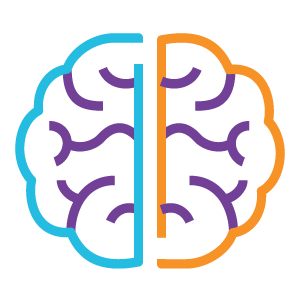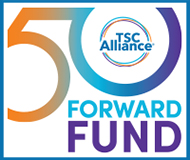
In a recently published study, researchers found that accumulated seizure burden, rather than age of seizure onset, is a significant predictor of neurodevelopmental outcomes at 36 months of age. These findings highlight the importance of monitoring and aggressively managing seizures in infants and young children with tuberous sclerosis complex (TSC) to best support their neurodevelopmental health.
Tuberous sclerosis complex (TSC) is a genetic disorder that affects about 1 in 6,000 people. It is caused by mutations in the TSC1 or TSC2 genes, which leads to abnormal cell growth and the formation of tumors in various organs along with malformations called tubers in the brain. TSC can cause significant neurological issues, including epilepsy, which affects approximately 85% of individuals with TSC, often starting in the first year of life and frequently being resistant to treatment.
The study aimed to explore how the timing of seizures and the total number of seizures (referred to as accumulated seizure burden) affect the neurodevelopmental outcomes of children with TSC by the age of 36 months. Previous research indicated that the age at which seizures begin is a critical factor in predicting developmental delays at 24 months. However, the impact of accumulated seizure burden had not been thoroughly investigated until this study, nor compared head-to-head with age of seizure onset.
To conduct the research, the authors followed 129 children with TSC from birth to 36 months of age. They collected data through daily seizure diaries, regular developmental assessments, and brain imaging. The researchers used machine learning techniques to identify different groups of patients based on their developmental scores at 36 months and examined how various factors, including age at seizure onset and accumulated seizure burden, could predict these outcomes.
The findings revealed that accumulated seizure burden is a significant predictor of neurodevelopmental outcome at 36 months, whereas the age of seizure onset is not. This suggests that the total number of seizures a child experiences may have a more detrimental effect on brain development than the age of seizure onset. When developmental test scores at 12 months of age were considered together with accumulated seizure burden, the ability to predict neurodevelopmental outcomes at 36 months of age was even better.
In conclusion, this study emphasizes the importance of monitoring and aggressively managing seizures in infants and young children with TSC. It suggests that healthcare providers should focus not only on the timing of seizure onset (which cannot be controlled), but also on the total number of seizures experienced by the child (which can at least partly be controlled through medications and sometimes surgery). By understanding these factors, better strategies can be developed to support the neurodevelopmental health of children with TSC, ultimately improving their quality of life as they grow.
Senior author:
S. Katie Ihnen
Cincinnati Children’s Hospital Medical Center, Cincinnati, Ohio, USA
